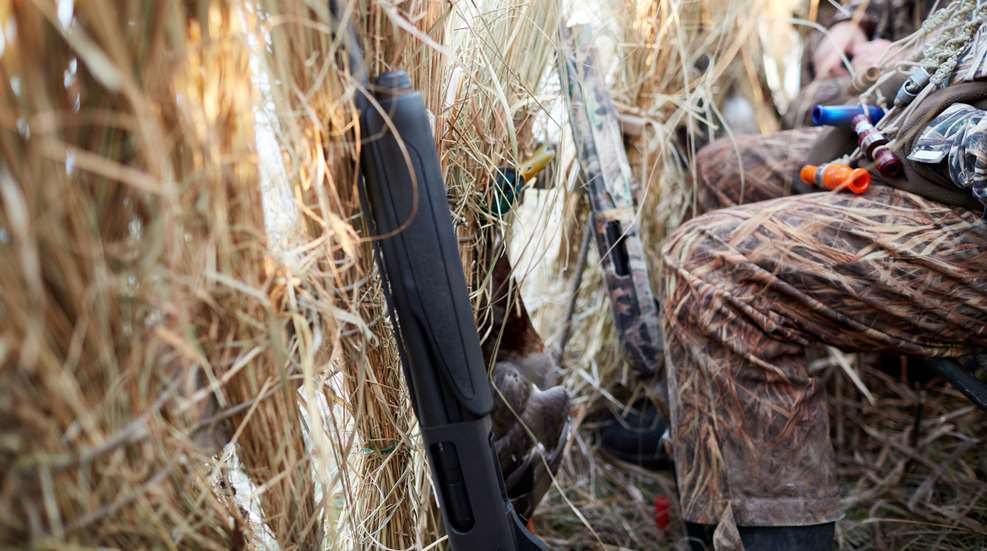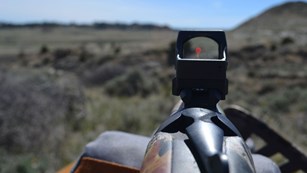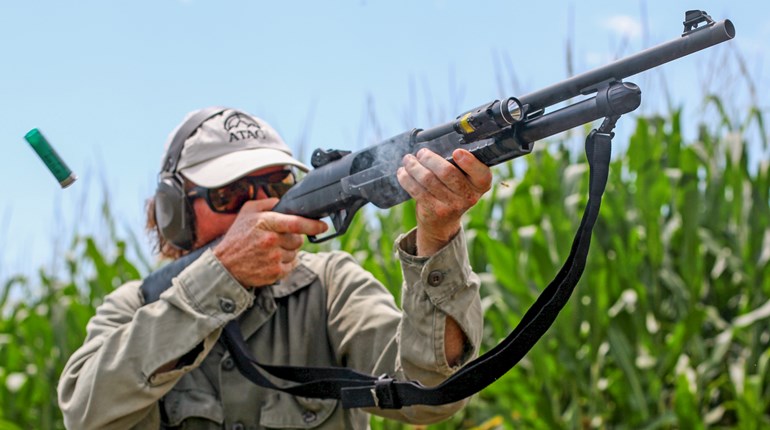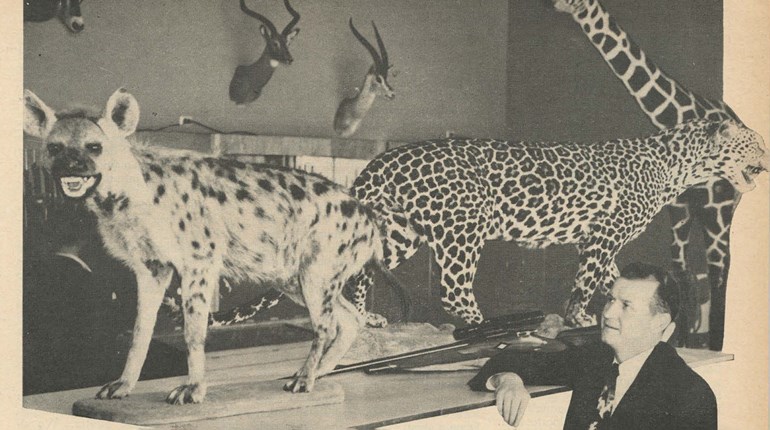
Duck hunting is an absolute blast. It can be a very social activity, since it’s easily done with a partner or two, and you generally have plenty of time for drinking coffee and chit-chatting while you’re waiting for birds to fly.
However, if you watch any outdoor television, you might get the impression that every duck hunt requires a half-acre decoy spread, a $15,000 professionally trained dog, a high-end semiautomatic shotgun and a 3 a.m. wakeup call. While the early-morning wakeup is mostly nonnegotiable if you want to catch the morning flight, the rest of those are nice-to-haves, not must-haves.
The truth is, you can hunt ducks with just a few pieces of simple gear, including pretty much any shotgun that’s capable of firing non-lead shot. Duck hunting is like real estate: It’s all about location, location, location. Hunters refer to the place the ducks want to be on any given day as The X. Permission to hunt The X, or nearby it or on the flight path to it, is more valuable than a trailer’s worth of gear. Here are four ways to hunt ducks without spending a fortune.

1. Dry-Field Layout Hunt
Gear required: One layout blind per person, decoys and some duck calls
Ducks will feed in dry fields—cut corn fields, bean field, pea fields, etc.—during the day, particularly in the late afternoons and evenings. If you can slip in with a couple of layout blinds and get hidden in plain sight, you can shoot the ducks that come in to feed. Just lay out a decoy spread—it doesn’t have to be huge—in the spot where you think ducks will want to be and set your layout blind(s) in the middle or on the edge of the spread. Layout blinds resemble fabric camo coffins. You lay down inside them, fold the top flaps over your body to hide yourself, then peek through the camo mesh top as you call and wait for the ducks to respond. When it’s time to shoot, you sit up (some blinds even have spring-assisted chairs to help you get up faster), mount the shotgun and knock down a few birds.
You will want to get to the field earlier than you expect the ducks to arrive so you have time to gather brush from the surrounding area and tuck it into the loops on the blind. Smear some mud on the camo to dull the finish and help it blend in, too. If you do it right, the blind will almost disappear into the field, and birds will never know you’re there until it’s too late (for them).
This hunt doesn’t require waders, so you can wear whatever camo you’ve got that’s comfortable for the weather. I’ve even hunted out of a layout blind in shorts and a camo T-shirt on an especially hot evening.
One caution: Layout blinds are pretty comfortable, and many a duck hunter has missed a great flight because she fell asleep while lying in wait!

2. Jump-Shooting on Creeks
Gear required: Waders and a duck strap, or a canoe or small boat
If you know ducks are spending time on a small creek, you can put on a pair of waders (if the water is shallow enough) or paddle a canoe and just slowly travel down the creek, looking for birds. Be particularly cautious when rounding creek bends, as this is when you’ll “jump” ducks that haven’t seen you coming. They’ll fly and you’ll shoot. It couldn’t be easier, and you don’t even have to call or use decoys.
This kind of jump-shooting can turn into a long, tough walk if there are no ducks to be found, and that’s OK. Doing your scouting ahead of time to find out where the birds like to hang out will help you narrow your hunt down to the most likely spots. Also be aware of property rights in your area so that you’re not wandering into or getting out onto private property you don’t have permission to be on.
If you’re walking, be sure you have a way to carry birds once you shoot them. A duck strap you can hang birds on and hook around your neck is a simple solution.
3. Wading Into Flooded Timber
Gear required: Waders, calls, a few decoys and maybe a bag with a strap

If there’s flooded timber where you have permission to hunt, all you have to do is walk into it and try to call some birds in. This can be a lot of fun and is a time-honored tradition in some states.
Find a tree to lean against, preferably with a low-hanging branch you can hang your blind bag (if you brought one) and your duck strap from. You’ll be standing in water the entire hunt, perhaps up to mid-thigh or higher, so if you’ve brought a dog, you’ll need a special stand for him to sit on to keep him out of the water between retrieves.
It’s a super cool experience to watch ducks fly through the trees and drop down in front of you. Like any other type of duck hunting, you need to hunt where the ducks want to be, so scout your spots out the day before to help you find birds. Then it’s just a matter of waiting for flights and calling some ducks into your modest decoy spread.
One word of caution: Don’t drink a lot of coffee before wading into the timber, because there’s virtually no way to drop your waders and pee in a couple feet of water. You’ll have to hike out to a dry spot.
Another word of caution: Don’t wade too deep. Neoprene waders have a float-like effect, and if you get in much past mid-thigh, it’s scary-easy to lose your balance while walking and go in the drink. Keep your phone in a zip-top bag just in case!
4. Waiting on the Water’s Edge
Gear required: Waders, a few decoys and a duck call

If you know of a spot on a pond, a creek or another smallish body of water where ducks like to hang out, you can try simply hiding on the bank and throwing out a handful of decoys. The better you’re hidden, the more luck you’ll have, so tuck yourself into native vegetation as best you can. You can even try setting up a simple pop-up camo blind, the kind that just sits in front of you and hides you from the neck down.
You don’t need waders for the hunt, but you will likely need them to retrieve any downed birds, unless you have a dog or the water is shallow enough to just walk in with knee-high rubber boots. You might be surprised at just how small a body of water you need for this tactic to be successful. I’ve shot a limit of ducks in a matter of 30 minutes on a small farm creek no more than 6 feet wide. Again, it’s all about being where the ducks want to be.
If you are in love with duck hunting and want to invest big bucks in tricked-out blinds, a motorized boat, and trailers full of full-body decoys, by all means, go ahead. But don’t feel like you have to spend a lot of money to shoot a limit of ducks or have fun trying!















































